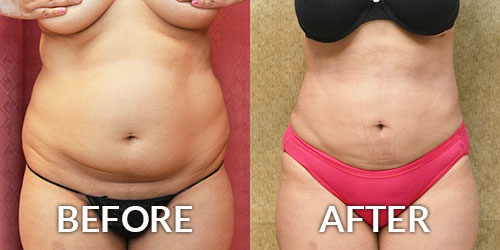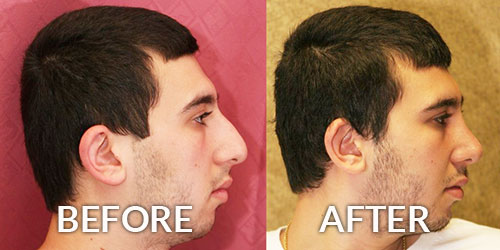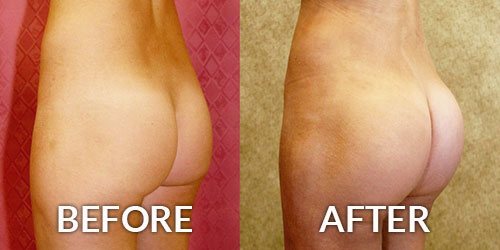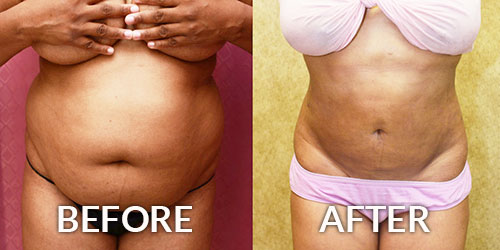Recovery & Post-Operative Care
Consultations offered at our two convenient locations in Beverly Hills and Los Angeles, CA
Tummy tuck recovery is not complicated if preparations are made ahead of time.
There definitely will be some pain involved which is well controlled by prescribed pain medication. The most benefit will come by making preparations ahead of time, including a competent adult who can assist with normal routine tasks for the first few weeks. This allows patients to concentrate on recovering from the surgery.
Recovery Timeline
Most patients can return to light activities by the third week. Depending on the type of work done, patients can return to a sedentary job within 3 weeks. In more strenuous jobs, 4 weeks of recovery will be needed.
Routine
- Have someone who can take charge of normal activities for at least 4 days following your tummy tuck in Los Angeles. That is the minimum. Ideally have someone who can take over for 2 weeks. If you are flying in from another area, let the office know well in advance so an after-care facility can be booked.
- Walk frequently. Even if it is only for a few minutes the first few days, walking ensures that blood clots do not form. Also, walking will increase circulation which greatly assists with healing.
- Rest is important when recovering from tummy tuck surgery. The more rest a patient can get, the smoother the tummy tuck recovery.
- The incision will need to be protected for at least 4 days. Don’t walk upright during this time to allow the incision to heal without excessive strain. Additionally, make a point of taking deep breaths frequently while awake.
- Stay well hydrated always.
- Do not smoke, use any nicotine products like patches and if there are smokers in the household, ensure your room is well ventilated. Nicotine can cause cell death resulting in death of tissue in the abdominal or the belly button.
- Let your doctor know if you are having difficulty going to the bathroom.
- Nausea is always present in surgery. Refrain from eating greasy or acidic foods. Keep the diet very bland for the first few days following surgery to avoid nausea. Vomiting with abdominal sutures is painful.
- If you experience constipation, eat more fruit and drink more water. Prune juice is effective in preventing constipation.
- Medication must not contain any nonsteroidal anti inflammatory drugs (NSAID) such as Advil, Aspirin or Motrin. Check with your doctor to ensure your pain medication will not cause excess bleeding. Taking anti-coagulant medication is prohibited during recovery to avoid bleeding.
- Pain medication should be taken on schedule to avoid a buildup of pain which is difficult to manage. If the medication is to be taken every 4 hours for the first few days, do so even if it seems that your pain is well under control.
Wound Care
For the first 24 hours there will be blood-tinged fluid draining from the surgical sites. This is normal and not a cause for concern.
After tummy tuck surgery, leave the compression garment in place until the first postoperative visit. It helps to reduce swelling, provides support and assists with circulation.
There will be 2 or more drains emerging from the incision sites. Collection bulbs are attached to allow the fluid to collect and not stain bedding and clothing. Empty the collection bulbs as necessary.
Post Op Visits
 Patients are seen 2 to 3 days following surgery. Prior to the visit, patients can remove bandages and shower. Throughout healing, patients should avoid hot showers or steam rooms. Blow dry the belly button area and the incision sites. At the visit, wear loose-fitting clothes such as a T-shirt. Wear the compression garment to the post-op visit. The compression garment will need to be worn constantly for the first 3 weeks following surgery. After that, the garment need only be worn during the day.
Patients are seen 2 to 3 days following surgery. Prior to the visit, patients can remove bandages and shower. Throughout healing, patients should avoid hot showers or steam rooms. Blow dry the belly button area and the incision sites. At the visit, wear loose-fitting clothes such as a T-shirt. Wear the compression garment to the post-op visit. The compression garment will need to be worn constantly for the first 3 weeks following surgery. After that, the garment need only be worn during the day.
Other Tasks
Massage the area frequently to get the best result especially in the rehabilitation of scars. Use Vaseline or any other thick lotion on the treatment site as it will be dry for the first few weeks. It is best to lightly massage the treatment area for 10 minutes, 3 times a day. Continue this for 6 weeks.
Lifting anything heavy must be restricted for 3 months following surgery. Exercise can be resumed after 2 weeks but patients must monitor exercise against any pain they are feeling. If it hurts, don’t do it.
Most patients can comfortably and safely drive in about 1 day following the surgery. If pain medication is being used, do not drive.




